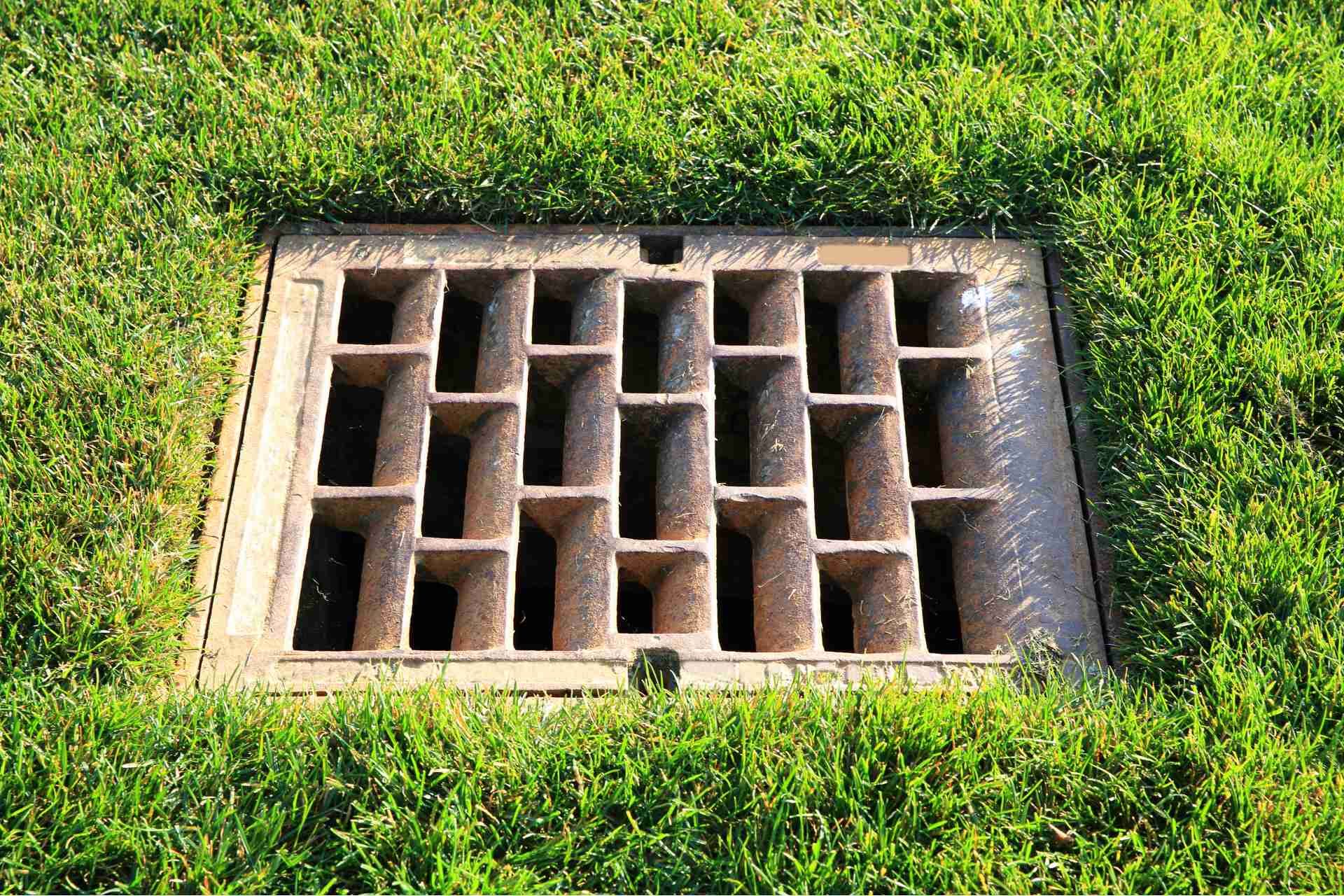How to Identify and Fix Common Lawn Diseases
When it comes to maintaining a lush lawn, knowing how to identify and fix common diseases is crucial. You might notice symptoms like yellow patches or wilting grass that indicate something's off. Understanding these signs can save your lawn from further damage. But what if you're unsure of the specific issue? Let's explore how to pinpoint those problems and tackle them effectively.
Understanding Lawn Diseases: The Basics
Understanding lawn diseases is essential for maintaining a healthy yard. You need to recognize that various factors can contribute to lawn problems, including improper watering, poor soil health, and inadequate sunlight.
Each disease affects your grass differently, often resulting from pests, fungi, or environmental stressors. Knowing the basics helps you diagnose issues before they escalate.
You should familiarize yourself with common types of diseases, such as fungal infections, which thrive in warm, humid conditions, or diseases caused by pests like grubs.
Prevention is key; ensure your lawn is well-aerated and properly fertilized. Regular maintenance practices, like mowing at the right height and keeping your lawn clean, can significantly reduce the risk of disease.
Stay proactive to keep your yard vibrant and healthy!
Common Symptoms of Lawn Diseases
When you notice your lawn showing signs of distress, it's crucial to identify the common symptoms of lawn diseases.
Yellowing or browning patches can indicate issues like fungal infections or nutrient deficiencies. If your grass appears thin or sparse, it might be struggling against pests or diseases.
Look for unusual growth patterns, such as wilting or curling leaves, which can signal stress. You might also see spots or lesions on the blades, hinting at a fungal issue.
Additionally, if your lawn feels mushy or has a foul odor, it could be suffering from root rot.
Keeping an eye on these symptoms will help you take swift action and restore your lawn to its former glory.
Identifying Specific Lawn Diseases
How can you pinpoint the specific lawn diseases affecting your grass? Start by observing the symptoms closely. Discolored patches, wilting, or unusual growth patterns can indicate different issues.
For instance, brown patches may suggest fungal infections, while yellowing grass could point to nutrient deficiencies. Look for any signs of mold or mildew, which often accompany diseases like dollar spot or gray leaf spot.
Pay attention to the texture and density of your grass, as thinning areas may signal a problem. Additionally, check for insect activity, as pests can exacerbate disease.
Take notes and, if needed, consult local gardening experts or extension services for assistance in identifying the specific disease troubling your lawn.
Effective Treatment Strategies
Once you've identified the specific lawn disease affecting your grass, it's crucial to implement effective treatment strategies promptly.
Start by removing any infected grass or debris to prevent further spread. If it's a fungal disease, consider applying a fungicide, ensuring it's specifically designed for the type of fungus you're dealing with.
For pest-related issues, use insecticides targeted at the specific pests. Water your lawn early in the day to minimize moisture overnight, which encourages disease growth.
Fertilize your lawn appropriately, as healthy grass is better equipped to withstand disease.
Lastly, monitor your lawn regularly for signs of recovery or further issues. Swift action can make all the difference in restoring your lawn's health and appearance.
Prevention Tips for a Healthy Lawn
After addressing any existing lawn diseases, focusing on prevention is key to maintaining a healthy lawn.
Start by choosing the right grass type for your climate and soil conditions. Regularly mow your lawn at the appropriate height to promote healthy growth and discourage pests.
Water deeply but infrequently, allowing the soil to dry between sessions; this encourages deep root development. Aerate your lawn annually to improve airflow and nutrient absorption.
Apply a balanced fertilizer based on soil tests and avoid over-fertilizing. Keep an eye out for signs of pests or diseases, and address them promptly.
Finally, maintain good lawn hygiene by removing debris and fallen leaves, which can harbor disease. These tips will help you cultivate a resilient, vibrant lawn.
When to Seek Professional Help
When should you consider calling in a professional for your lawn troubles? If you've tried treating the problem yourself and haven't seen improvement, it's time to seek expert help.
Look for signs like widespread discoloration, unusual growth patterns, or persistent pests that you can't control. If your lawn has developed a musty smell or you notice patches of dead grass, these could indicate serious issues best handled by a pro.
Additionally, if you're unsure about the type of disease affecting your lawn, a professional can provide accurate diagnosis and treatment options.
Don't hesitate to reach out for assistance; investing in expert care can save you time and money in the long run, ensuring your lawn stays healthy and vibrant.
Conclusion
By understanding lawn diseases and their symptoms, you can take proactive steps to keep your grass healthy. Regularly check for discoloration and unusual growth patterns, and don't hesitate to remove infected areas. Use appropriate treatments and maintain good watering practices to prevent future issues. With a little attention and care, your lawn can thrive. If problems persist, don't hesitate to seek professional help to ensure your lawn stays vibrant and disease-free.








